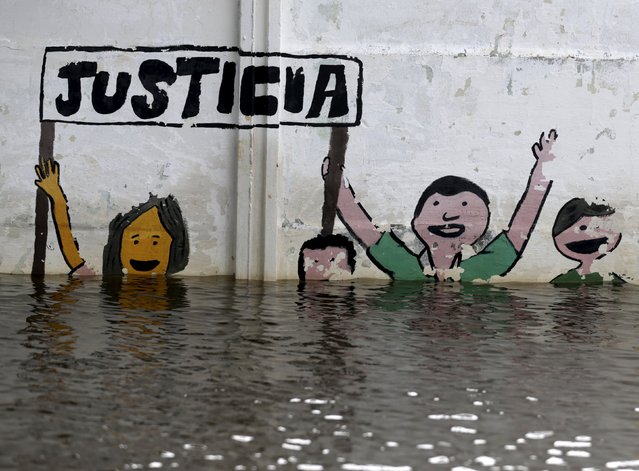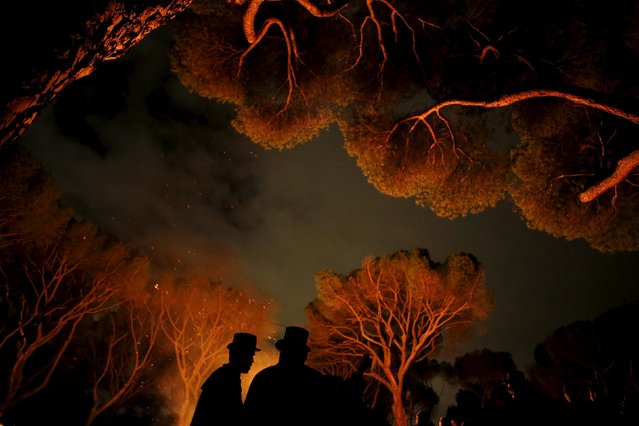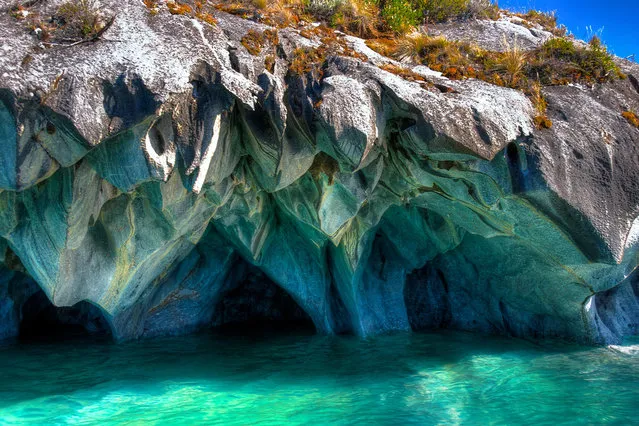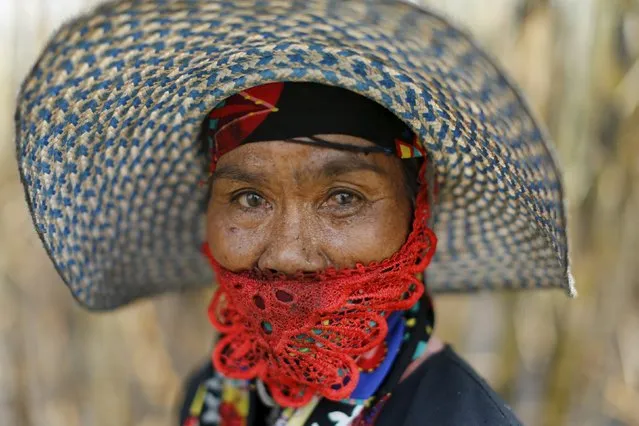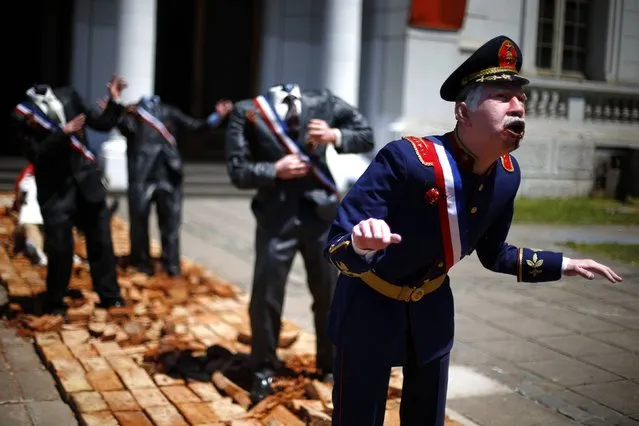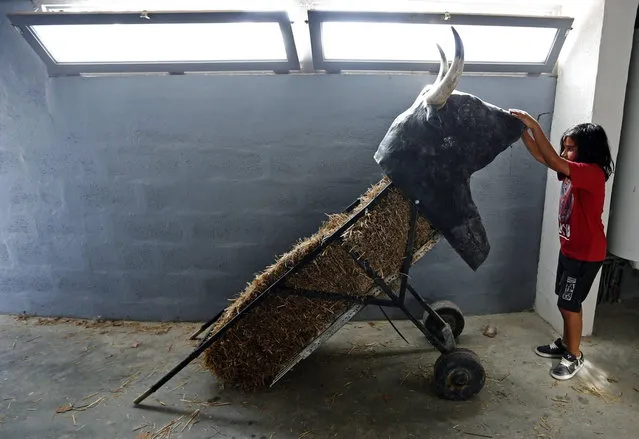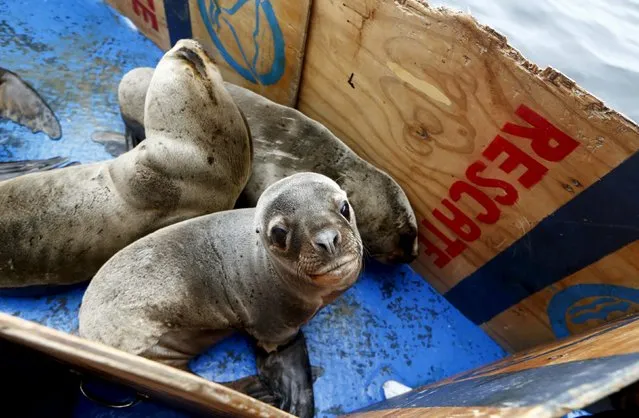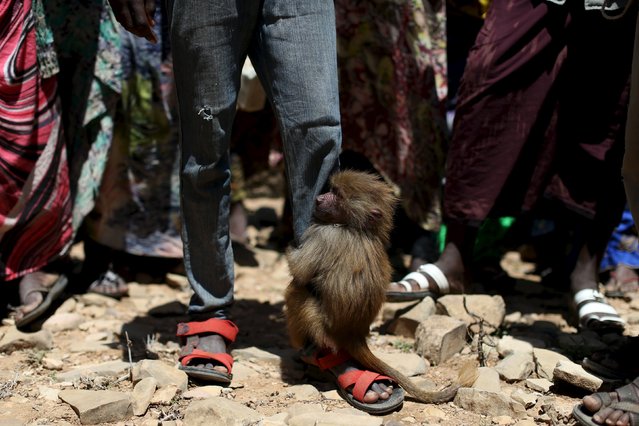
A baboon clings to the leg of an internally displaced boy at a camp on the outskirts of the town of Qol Ujeed, on the border with Ethiopia, Somaliland April 17, 2016. Across the Horn of Africa, millions have been hit by the severe El Nino-related drought. In Somaliland and its neighbouring, also semi-autonomous, Puntland region, 1.7 million people are in need of aid, according to the United Nations. In Somaliland itself, the most affected areas include the northwest Awdal region bordering Ethiopia. (Photo by Siegfried Modola/Reuters)
29 Apr 2016 11:19:00,post received
0 comments

